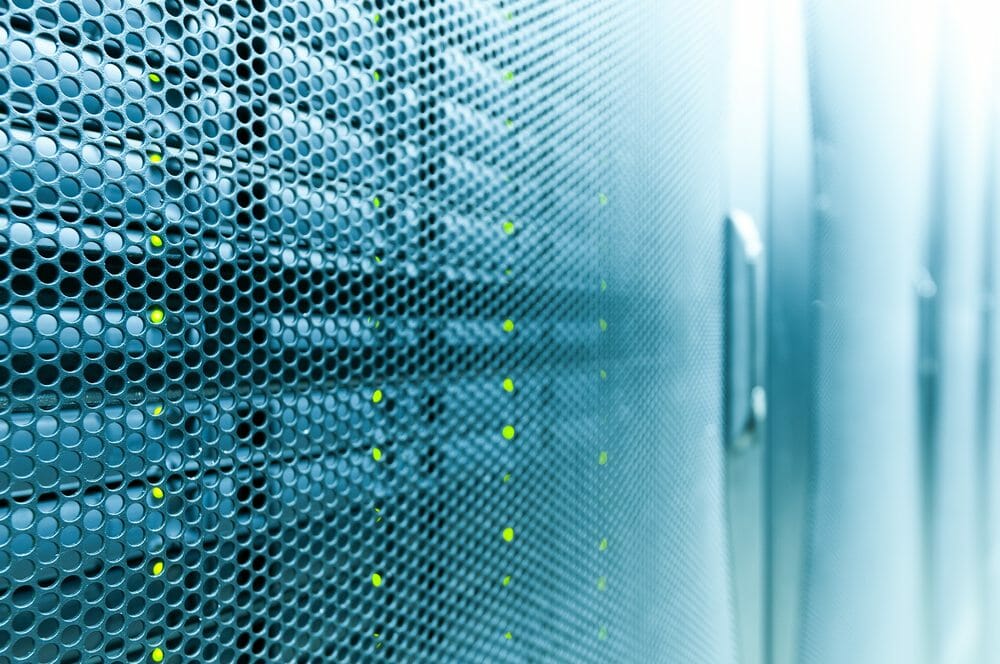How Environmental Controls Impact Data Center Efficiency9 min read

One of the biggest initiatives around the modern data center revolves around greater density, more control, and of course – efficiency. Here’s something to consider: The amount of cloud instances and data points within a very distributed data center model is only going to continue to increase.
Data center operators must constantly strive to create a platform capable of doing more without impacting infrastructure health or operations. When it comes to data center efficiency, here is what the latest 2013 Uptime Institute Industry Survey had to say:
“Many data center facilities teams have done what they can. The more advanced facilities infrastructure technologies and operational changes come with significant cost, either in capital expense or in-house expertise.
Companies whose IT operations are a huge portion of their cost structure, or just have the scale to do it, have radically outpaced the rest of the industry in adopting leading-edge data center infrastructure efficiency best practices.
Outside air economization, airflow containment and higher server inlet air temperatures require an increased level of operational sophistication and accepting higher risk. Organizations need to have the expertise and a significant return on the investment in order to use these techniques and technologies effectively, which leaves out the bulk of smaller data center operators.”
What does this all mean? Efficiency is critical – but not always easy. This is why next-generation environmental controls are directly impacting data center efficiency. With that in mind, let’s break the status quo and look at three ways data center efficiency can become even better.
- Distributed data center management. When it comes to physical environmental controls and a lot of data center points – management becomes a bit of a challenge. How can you monitor multiple physical locations and all of the environmental variables that surround the environment? In these cases, cloud computing can help. The distributed nature of the modern data center has created new types of tools and monitoring solutions which allow you to keep an eye on everything from your floors to your HVAC units. You begin to create some really amazing proactive monitoring and environmental management solution by putting in place automated policies. If you’re working with a number of data center points – whether large or small – look for cloud-based solutions which can directly integrate into your various data center control points.
- Creating modular containment. Hot and cold aisle containment have become established tactics to improve computer room cooling efficiency, increase rack densities, and improve overall utilization of the data center. Until now, the data center industry has only had two containment options to accomplish these goals: hard wall containment, and soft curtain containment. So let’s create a new paradigm – advanced modular containment. Modular containment provides a great alternative to the status quo by offering a much simpler and cost-effective containment solution that is easier to implement than any containment solution ever created. Here’s the best part around modular containment solutions — rapid deployment with little or no disruption to existing operations. Plus, you have the ability to reconfigure the installation as the needs of the computer room change.
- Exploring new energy sources. This has become a big one. I was speaking at a recent Uptime Institute event when I saw a large poster reading “Iceland: The coolest place for your data center.” They weren’t kidding! Wind, solar, and hydroelectric power are all new ways to power a data center platform. Furthermore, organizations are now looking at placing their data centers in regions which can promise “free” cooling because of their location or access to green power sources. The amazing part here is that communications and bandwidth have improved so much that placing a data center remotely doesn’t have to impact data transmission or even latency. When looking at ways to introduce new types of environmental controls for your data center – sometimes you should look at the environment itself!
In today’s ever-evolving business world, technology and the data center have become critical components for organizational success. Many businesses will now directly build their business model on the capabilities of their data center. This is why, when it comes to environmental controls and data center efficiency – it’s time to think outside the box… or data center. Begin to explore new means of environmental control which allow you to span from the aisle and into the cloud.

Airflow Management Awareness Month
Free Informative webinars every Tuesday in June.
0 Comments